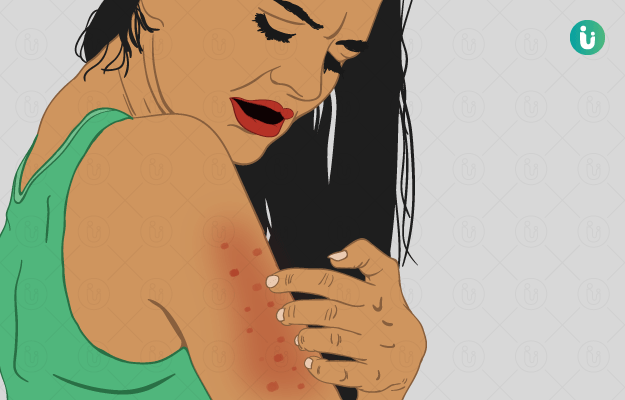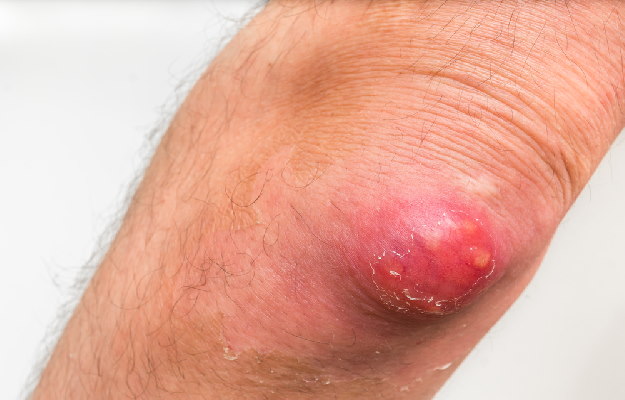What are Skin Infections?
The skin forms an outer protective layer over the entire body. This means it is exposed to all the agents present in the environment – chemicals, bacteria and many others. Sometimes, the skin may get infected due to an adverse exposure.
What are its main signs and symptoms?
Although the symptoms depend on the cause, there are some typical signs of skin infections, which are:
- Redness and itching due to inflammation
- The skin can become tender and dry
- There can also be bleeding or pus discharge from the skin in serious cases.
- If the infection progresses, you may develop small blisters or elevations on the skin surface
- Gradually, the skin begins to shed or slough off in thin layers, exposing the darker layers underneath and making the skin appear discoloured
- There may be scaling of the skin in certain infections.
What are the main causes?
Skin infections occur due to either bacterial, viral or fungal organisms like;
- Viruses like the herpes zoster virus can cause skin infections e.g., chickenpox and shingles. Human papillomavirus can also cause skin infections like warts.
- Bacteria can cause skin infections like boils and carbuncle or severe infections like cellulitis and leprosy. Staphylococcus is a bacterium that commonly causes skin infections.
- Fungal skin infections include ringworm, candidiasis and athlete’s foot. Fungal infections usually affect the nail and nail bed too.
How is it diagnosed and treated?
- Each infection has a characteristic dermatological picture, based on which a diagnosis can be made most times.
- After physical examination, a sample of the skin lesion may be taken for microscopic investigation.
- Blood investigations also confirm the presence of an infection in the body.
Treatment
- Minor skin infections usually resolve spontaneously in a few weeks.
- Antibiotics are used to treat bacterial skin infections. These may be topical, oral or even intravenous in severe cases.
- Similarly, for fungal skin infections, antifungal medicines are administered as sprays, gels, creams or tablets.
- To reduce the inflammation, anti-inflammatory drugs are given.
- A patient is advised to avoid contact with others to prevent the spread of infection, and maintain good personal hygiene for faster results.

 Doctors for Skin Infections
Doctors for Skin Infections  OTC Medicines for Skin Infections
OTC Medicines for Skin Infections
 Skin Infections articles
Skin Infections articles

 Home Remedies for Skin Infections
Home Remedies for Skin Infections







 Editorial Team
Editorial Team















